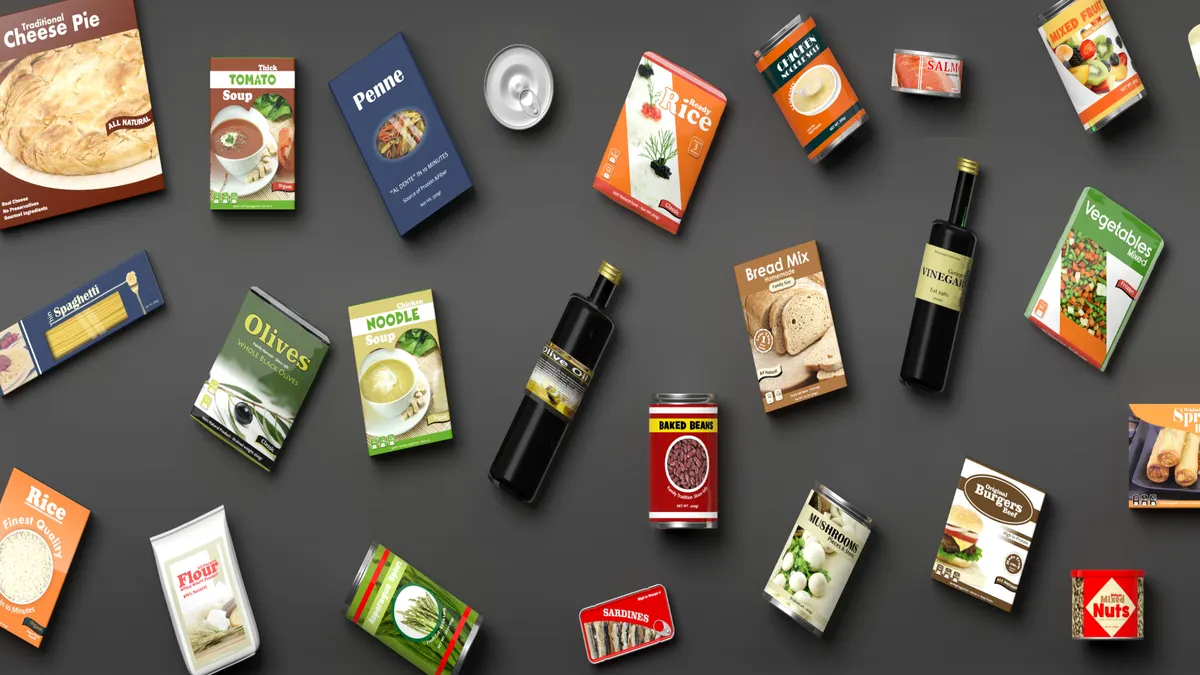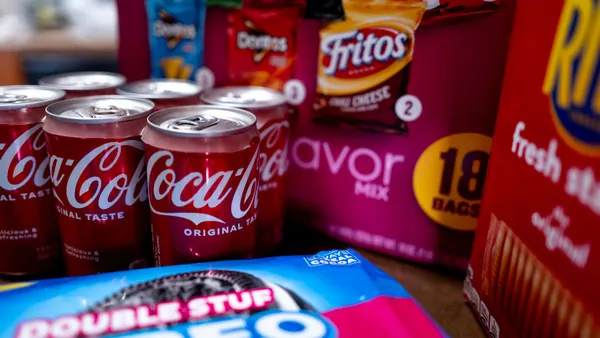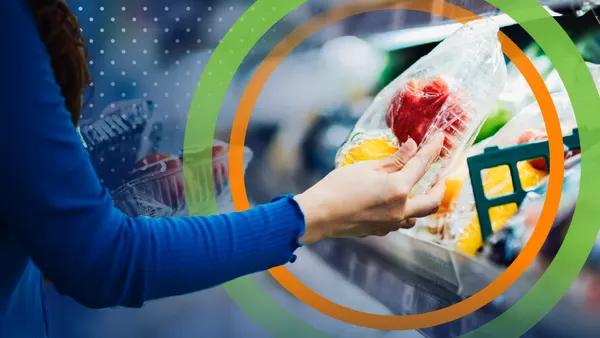As extended producer responsibility (EPR) laws for paper and packaging roll out across several U.S. states, producers must navigate a new and evolving regulatory landscape. Seven states (California, Colorado, Maine, Maryland, Minnesota, Oregon and Washington) already have laws, with lawmakers in many other states introducing or considering their own versions.
Figuring out producer obligations under these laws, especially if operating across multiple states, can be a full-time job. By partnering with a trusted producer responsibility organization (PRO), producers can gain access to valuable resources and guidance and keep their organizations in compliance with current and upcoming EPR requirements.
Circular Action Alliance (CAA), founded by producers across the food, beverage, consumer goods and retail industries, is committed to helping producers comply with EPR laws, deliver harmonized, best-in-class services, and work with governments, businesses and communities to reduce waste and recycle more.
The role of EPR
EPR laws offer many benefits to communities, organizations and the environment.
These laws are designed to help improve recycling infrastructure, create packaging-design consistency and drive greater recycling system efficiency. These same goals can also be beneficial for businesses, rather than simply becoming another regulation to comply with.
For example, collecting valuable data on packaging to meet reporting requirements will give a producer a better understanding of the composition of the packaging they supply into various markets. This, in turn, allows producers to make more strategic business decisions about how they design and specify their packaging for each of their products.
“There can be a lot of power in preparing and learning from all of that data,” said Geoffrey Inch, senior vice president of producer services at Circular Action Alliance. “Those insights allow companies to make more environmentally conscious decisions and improve clarity of business decisions about the packaging they supply into the market.”
Early program successes and partnerships at CAA
“When I look back over the past year,” Inch said, “I’m amazed at how much we’ve built and how much success we’ve had together with all of our producers.”
That success includes an effective EPR program launch in Oregon. Working with a small team at first, CAA helped producers that supply into Oregon register, prepare their data and submit it to CAA. With that data, CAA was able to implement the EPR program and help producers remain in compliance.
Many of those producers were building EPR supply reports for the first time, so CAA supported them with webinars and other guidance to help get their data in order and go through the submission process. Oregon’s program was also followed by a successful producer reporting cycle in Colorado and preparations for producer reporting in California in November.
Compliance is the priority
So, what will compliance look like for producers?
“We’re focused on getting people into a low-effort rhythm for all of their obligations,” Inch said. “That starts with identifying a primary EPR contact within the producer’s organization that can engage with CAA to understand the registration and reporting requirements for the company.”
For CAA, Inch noted, “the plan is also to migrate to a consistent annual producer reporting cycle and to have producer supply reports for several programs due at the same deadline, targeting May 31 in upcoming years.” By having producers submit data on the same date each year, the PRO can efficiently validate supply data to ensure its accuracy.
“By ensuring everyone reports their data consistently, we can establish a fair and transparent system for setting EPR fees for the producers we work with,” said Inch.
Accurate reporting is a key step for producers to remain in compliance, especially as regulators also have enforcement mechanisms that may include fines or even sales prohibitions.
CAA is an important EPR partner
“We’re also here to help people sort through the complexity, as EPR laws vary from state to state,” Inch said. CAA supports producers through every stage of the compliance journey, offering clear guidance, reporting tools and a manageable, efficient process to submit all required supply data.
Taking the guesswork out of EPR obligations across multiple programs removes a major stress point for producers as the new laws take effect, and that’s a great reason to collaborate with CAA. But there’s another reason: as with any new legislation, it’s possible to make a mistake and fall out of compliance. CAA can help producers spot where they’re getting off track and guide their organization back into good standing.
And if a producer is based in a state without EPR regulations? It’s still a good idea to reach out to CAA. Any producer supplying covered materials into an EPR state is obligated to meet reporting and compliance requirements.
Upcoming reporting deadline
For the initial reporting cycle in California, CAA is currently accepting 2023 supply data submissions, with a deadline of Nov. 15, 2025. CAA offers support, guidance and tools to help producers prepare for this data submission. If you’re a producer with questions or in need of support, reach out to [email protected] for help











